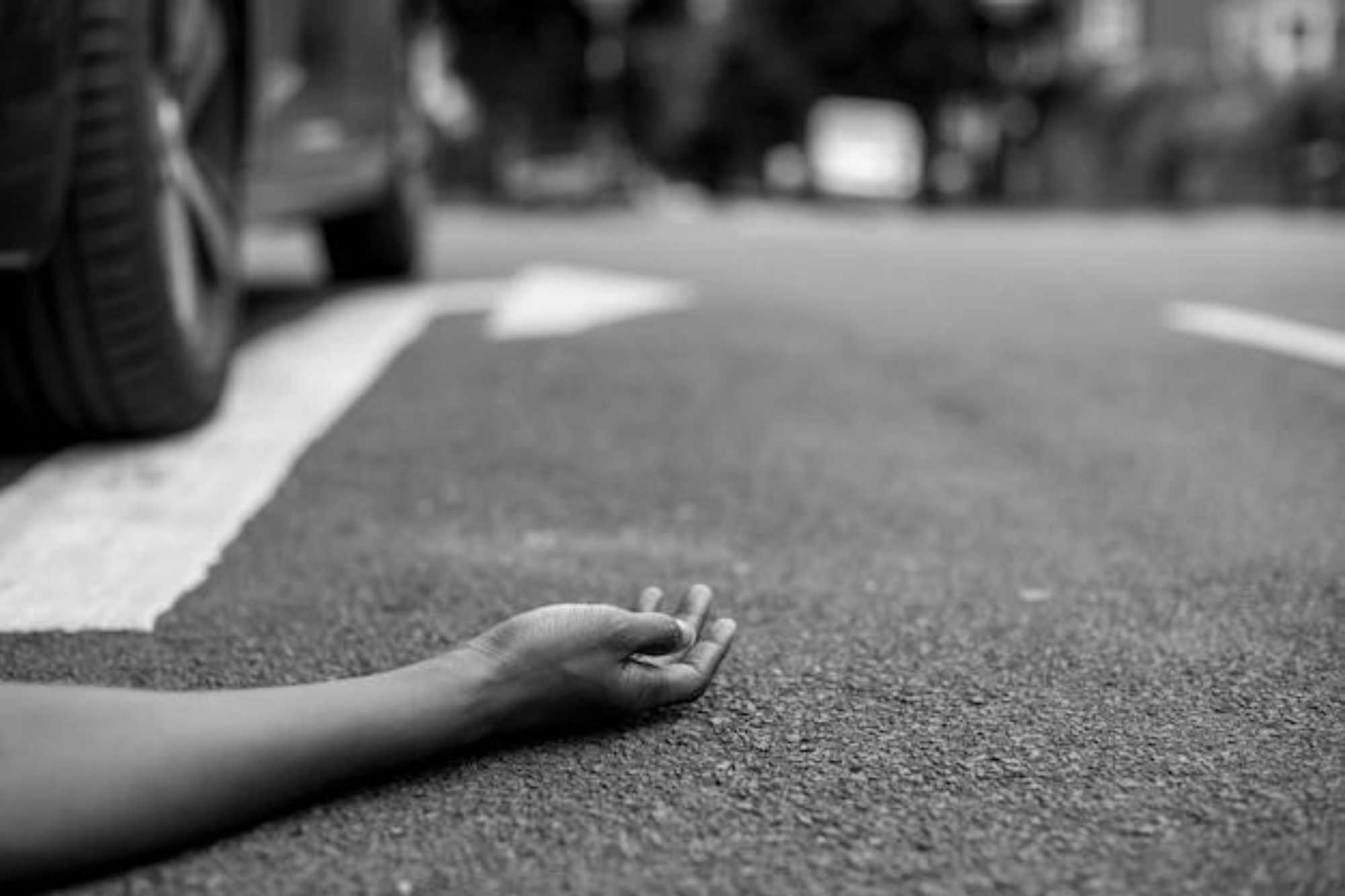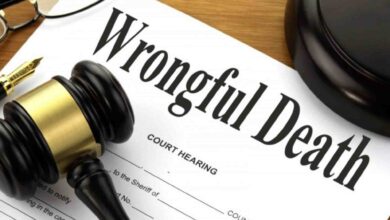Getting hit by a vehicle as a pedestrian can be one of the most terrifying and life-changing experiences a person can go through. The aftermath is often overwhelming—dealing with injuries, medical bills, time off work, and emotional stress.
But if the accident wasn’t your fault, you may be entitled to compensation. To make that happen, though, there are a few things you must prove.
That’s why many victims turn to the pedestrian accident attorneys at Lulich & Attorneys for help. They understand what it takes to build a strong case and can guide victims through each step.
Proving fault in a pedestrian accident isn’t always simple, but with the right knowledge and legal support, it becomes a lot more manageable.
Let’s take a closer look at the key elements a pedestrian accident victim needs to prove to hold the driver or other party accountable.
Table of Contents
1. Duty of Care
The first thing to prove is that the driver owed you a duty of care. This means the driver had a legal obligation to act in a way that would avoid harming others, including pedestrians. In most cases, this part is pretty straightforward. Every driver has a duty to follow traffic laws, drive safely, and be aware of their surroundings.
For example, a driver approaching a crosswalk or school zone must slow down and yield to people crossing. Proving that this duty existed is usually not difficult because it’s a basic rule of the road.
2. Breach of Duty
After proving that the driver had a duty of care, the next step is to show that they breached that duty. This means the driver failed to act in a responsible way. Maybe they were speeding, texting, ignoring a red light, or simply not paying attention.
This part often requires evidence like traffic camera footage, witness statements, police reports, or even accident reconstruction experts. The goal is to show that the driver’s behavior was careless or dangerous and didn’t meet the standard expected of a responsible driver.
3. Causation
This step connects the dots. You need to prove that the driver’s actions directly caused your injuries. It’s not enough to say the driver was careless; you must also show that their carelessness led to the accident.
Let’s say a driver was looking at their phone and ran a red light, hitting you in the crosswalk. That’s a clear case of causation—the driver’s distraction led to the crash. If something else caused your injury, like tripping over a broken sidewalk before the car came close, then the driver may not be legally responsible.
4. Damages
Finally, you have to prove that the accident caused real harm. This could include physical injuries, medical expenses, lost income, pain and suffering, or emotional trauma. Without damages, there’s no claim, even if the driver was at fault.
Keep all records—hospital bills, doctor visits, physical therapy notes, and even photos of your injuries. The more complete your documentation, the stronger your case will be.
Why Proving These Elements Matters
Each of these four elements—duty, breach, causation, and damages—must be proven to win a personal injury claim. If even one is missing or weak, your case might not hold up in court or during settlement negotiations.
That’s why it’s so important to have someone in your corner who knows the legal landscape and can build a solid case.
Conclusion
Being the victim of a pedestrian accident is something no one ever expects, but it can happen in an instant. When it does, proving fault is key to receiving the compensation you deserve.
By understanding and proving these four essential elements, you’re taking an important step toward justice and recovery.
And remember, you don’t have to figure it all out on your own. A skilled legal team can help you gather the right evidence, tell your story clearly, and make sure your rights are fully protected.
Please explore our site for more exciting content if you like this article..





